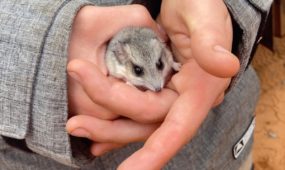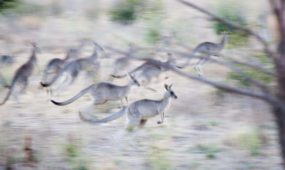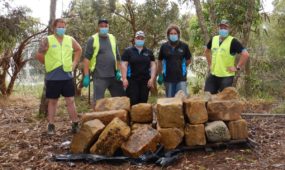Seeds banked in United Kingdom to aid Aussie bushfire recovery
Environment
Rare pea seeds are being flown back from a British bank to save a species from extinction in South Australia.

Sign up to receive notifications about new stories in this category.
Thank you for subscribing to story notifications.
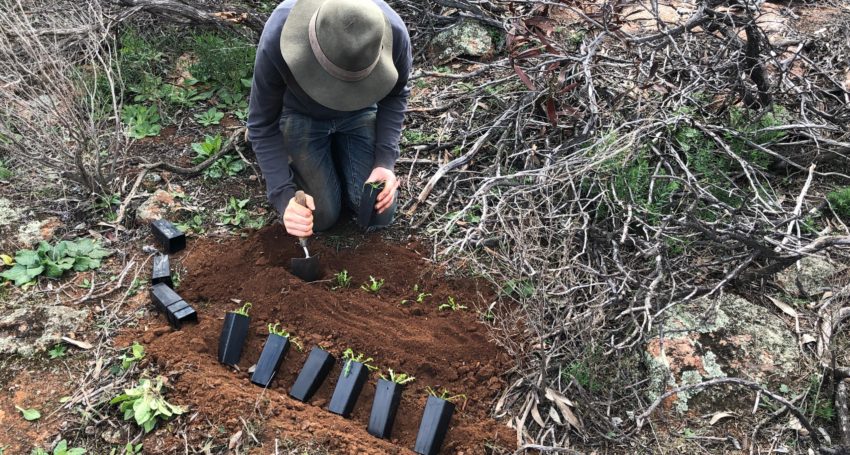
Daniel Duval, a seed biologist at the South Australian Seed Conservation Centre in Adelaide said the precious native pea seeds were collected 13 years ago from the Adelaide Hills and will be used to help revegetate land ravaged by the Australian summer bushfires.
“We’ve recalled some seeds back from the Millennium Seed Bank in the United Kingdom, they’ve been in transit in Sydney for a few weeks on their way back,” Duval said.
The international delivery is a tribute to long-term planning.
Back in 2007, more than 1000 of the clover glycine seeds were collected from the Mount Lofty Ranges that border the capital city of Adelaide and sent to the Millennium Seed Bank in Kew Gardens, London.
Duval said having the seed bank means the rare pea, that is listed nationally as vulnerable, has a fighting chance of surviving fires that ripped through the Cudlee Creek area of the Mount Lofty Ranges in December last year.
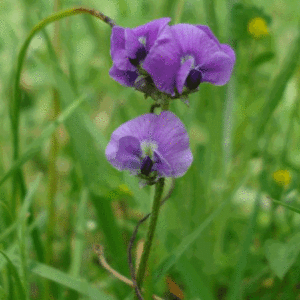
Clover glycine (Glycine latrobeana)
When the 250 seeds reach Adelaide, the South Australian Seed Conservation Centre biologists and ecologists from Natural Resources Adelaide and Mt Lofty will first propagate a seed orchard.
New seeds collected from the orchard will then be used to grow plants to revegetate the Cudlee Creek hills.
“There’s also two or three orchid species that we’re watching in the fire scar,” Duval said.
It is a unique global response to South Australia’s recovery from devastating bushfires that ripped through Kangaroo Island, the Adelaide Hills and Eyre Peninsula.
This week, Duval was in Eyre Peninsula visiting another region that was damaged by intense fires during the Australian summer.
Duval was working on a ‘translocation trial’ of the endangered Corunna Daisy at the Secret Rock Nature Reserve, about 50km southeast of the Outback town of Kimba.
This plant was thought to be extinct after first being discovered in the 1800s and not seen again until plants were found in the 1980s and 1990s, its seeds later stored at the seed bank in the Adelaide Botanic Garden.
“We banked 8,000 to 10,000 seeds between 10 and 15 years ago, we’ve made a seed orchard and farmed that species and have harvested about 480,000 seeds from that orchard,” Duval said.
It has resulted in the group now planting hundreds of plants in a 900 hectare enclosure owned by Ecological Horizons, an ecological consultancy company based in South Australia.
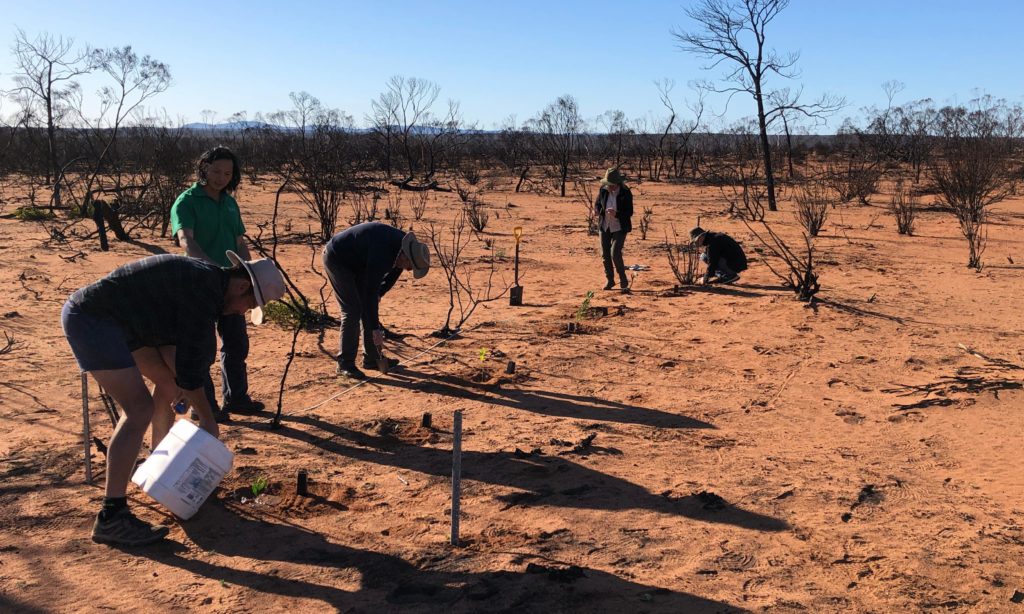
Planting underway on the Eyre Peninsula of South Australia.
Ecological Horizons has already successfully introduced the nationally Endangered Chalky Wattle to the land with the help of the SA Herbarium and Kimba Area School.
The South Australian Seed Conservation Centre at the Adelaide Botanic Garden is now home to seeds from most of the more than 1000 threatened plant species in South Australia – or one in four species in the state.
One of its biologists’ next tasks is to visit Kangaroo Island.
On June 1, the Adelaide Botanic Garden launched an appeal to raise funds to send its seed scientists to Kangaroo Island in the wake of its catastrophic bushfires.
“We need to send our seed scientists on urgent field trips to locate some of Kangaroo Island’s most unique and endangered plants, collect their seeds, and bank them back here at Adelaide Botanic Garden to ensure their ongoing survival,” the appeal plea said.
“In the aftermath of Kangaroo Island’s recent catastrophic bushfires, many plants that ordinarily compete for growing space have, for the first time in many years, the opportunity to re-sprout and set seed in the scorched earth.
“Our specialist seed scientists know which endangered species are making the most of this new environment and where they are growing.”
Jump to next article
